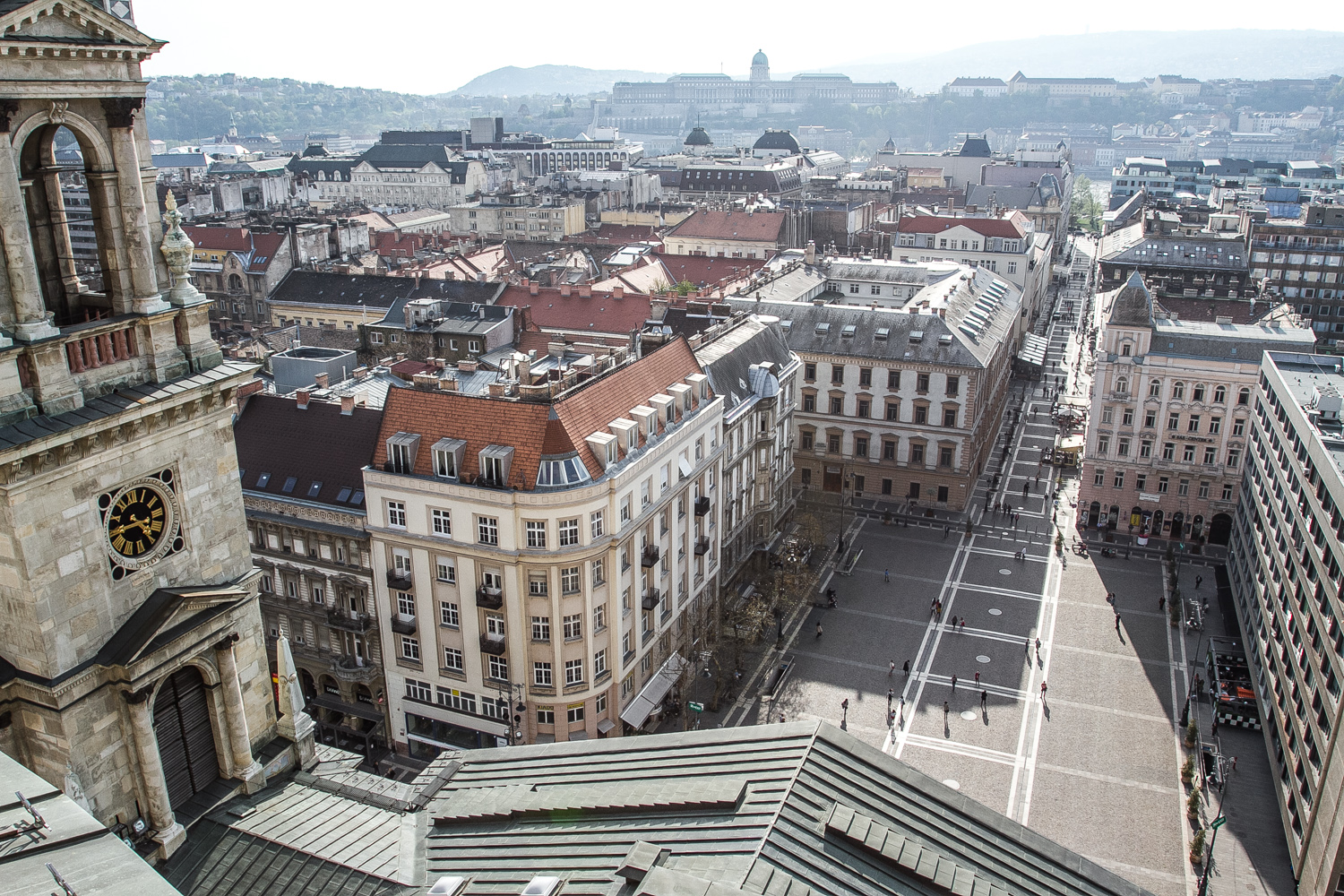Day 1: Get your bearings and dive in
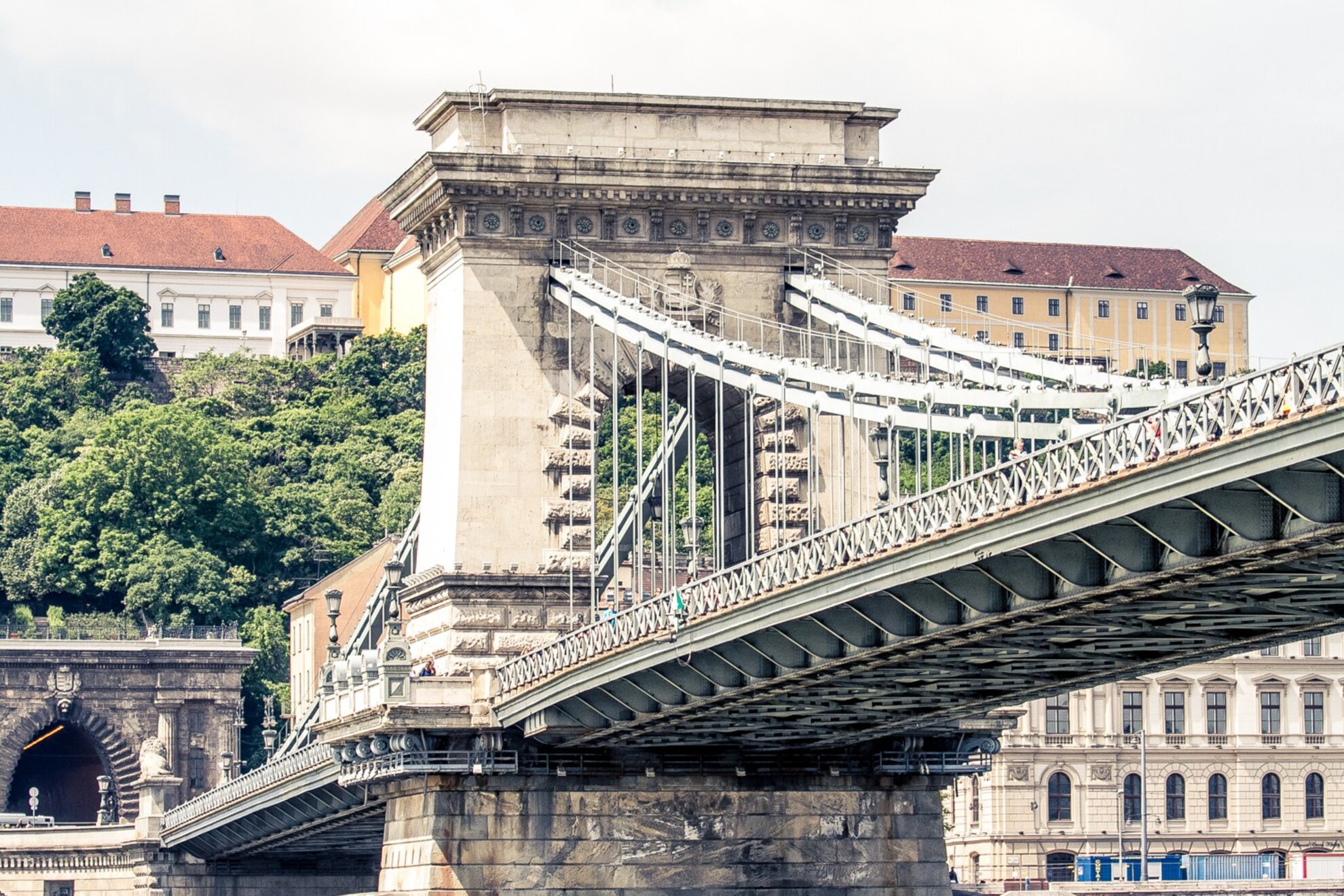
Having arrived from the airport, Budapest is yours to explore. The day might begin with a caffeine kick and a hearty sausage-infused morning booster at one of the city’s best breakfast spots. Your tour can start with the iconic Chain Bridge, completed by Scot Adam Clark as the first permanent span between Buda and Pest in 1849 – the capital merged into one in 1873. On the Buda side, the funicular whisks you up to the Castle District in three minutes. You alight by the Sándor Palace – official residence of Hungary’s president – where the Changing of the Guards takes place on the hour.
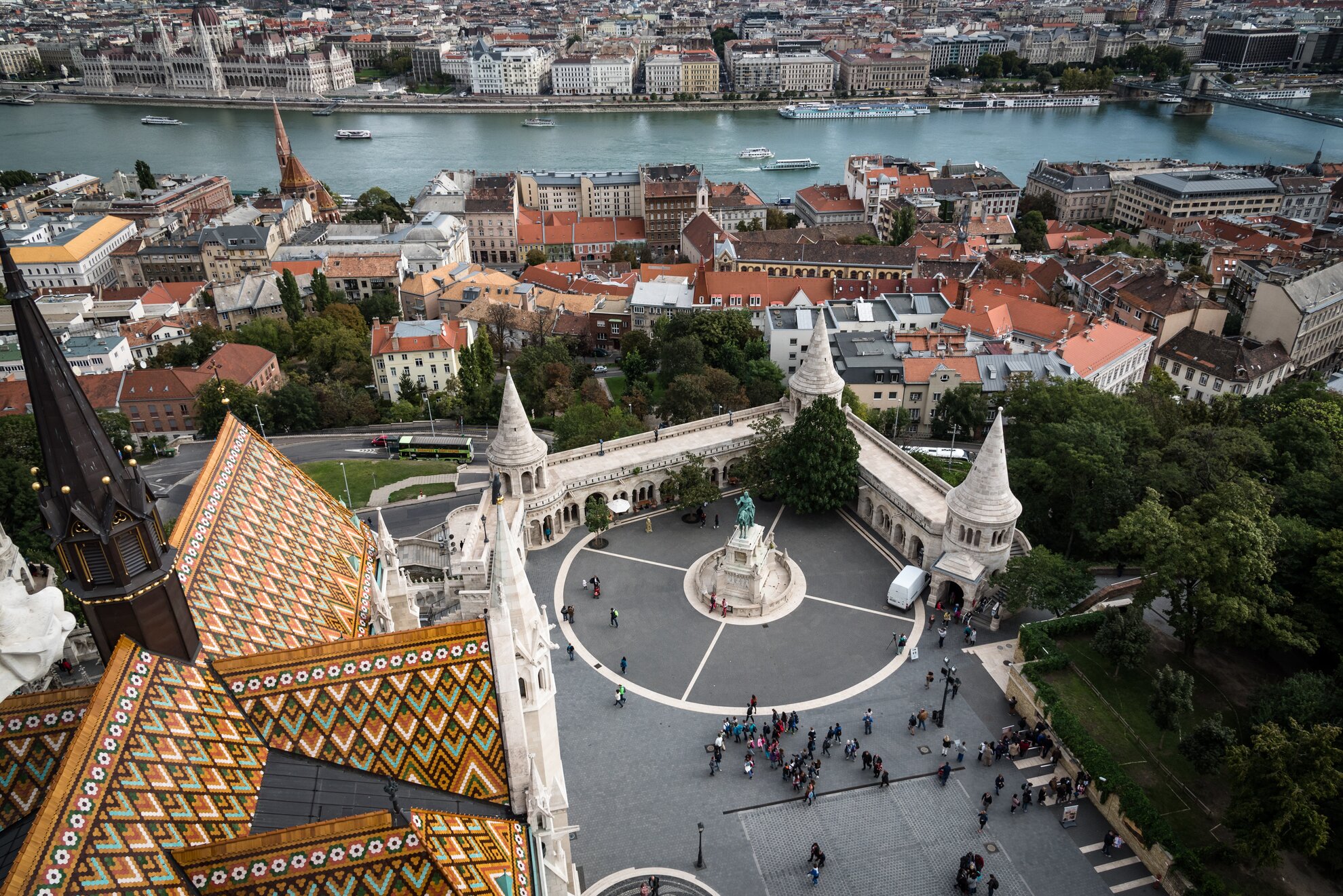
Cobblestoned streets then take you to key Buda Castle landmarks, including the Royal Palace housing the Hungarian National Gallery, with its chronological display of Magyar art. Head with the crowds for the Fishermen’s Bastion and its panoramic views over the Danube and Pest cityscape. Soaring above this photogenic attraction, 13th-century Matthias Church staged the last Habsburg coronation in 1916. After climbing the 197 steps of its lace-like southern tower, you can take in another city panorama from the gingerbread roof, covered in the distinctive tiling of the famed Zsolnay factory in Pécs.
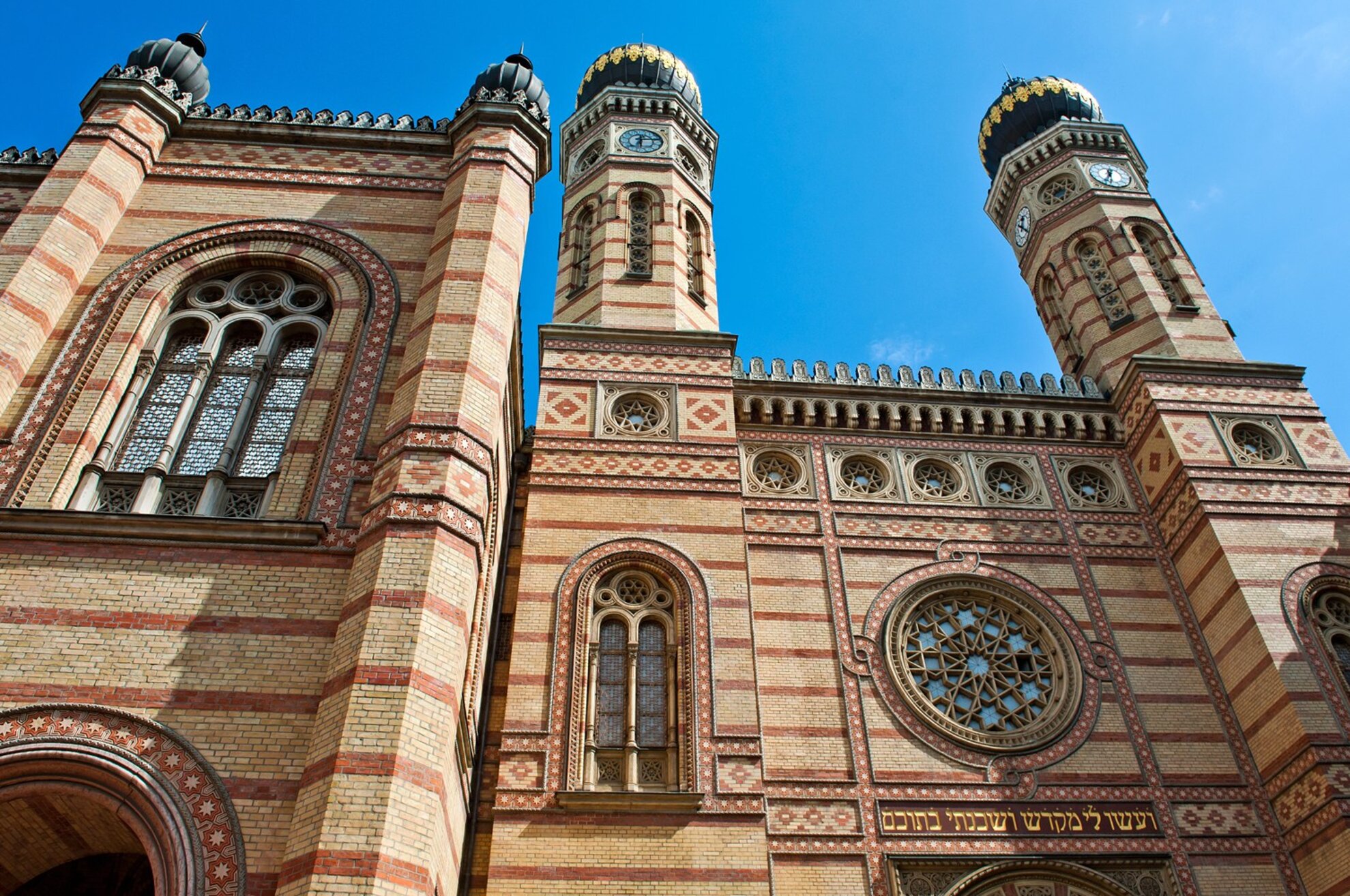
Nearby, the venerable family-run Ruszwurm cake shop-cum-café offers Hungarian krémes custard cake and slices of caramel-topped Dobos torte, temptingly displayed behind the intricately carved wooden counter. After another bracing coffee and the main Castle sights seen, you can head across the river to the city center in Pest. Bus 16 takes you to focal Deák Ferenc Square and the nearby Dohány Street Synagogue. Still at the heart of Hungary’s Jewish community, this Moorish-style landmark can be visited individually or by guided tour. Note that it closes early on Friday afternoons and all day on Saturdays. Behind the Synagogue, District VII is the city’s Jewish quarter and main nightlife hub, something to bear in mind for later.
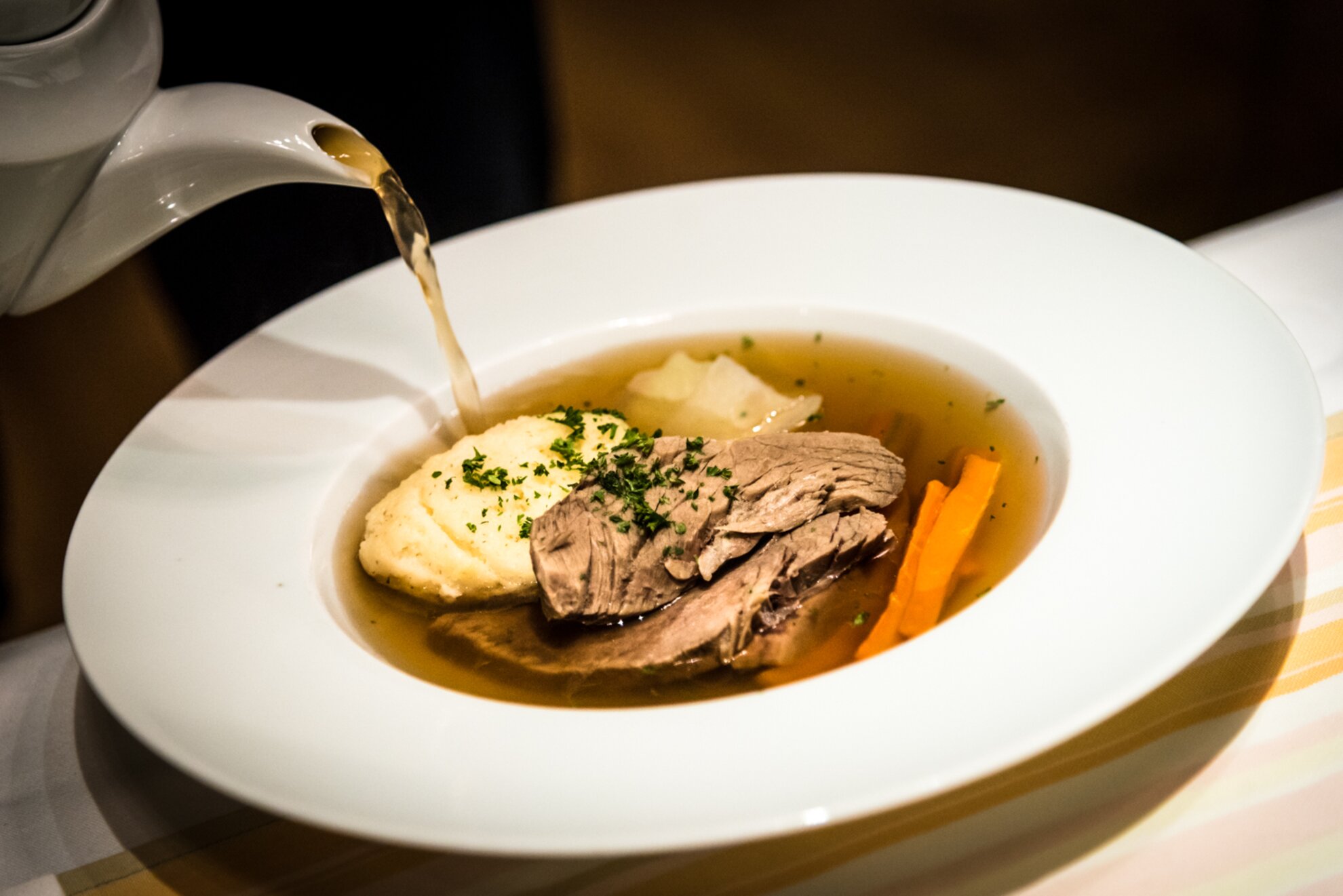
If you head back past Deák Square, to your right runs elegant Andrássy Avenue, flanked by high-end boutiques. Strolling up this tree-lined showcase boulevard, you pass the grand Hungarian State Opera, where group tours are available. Further up is the city’s theater district and plenty of lunchtime options around Liszt Ferenc Square, named after the composer who opened the recently renovated Academy of Music here. Dining destinations include refined Klassz, with its superb selection of Hungarian wines, retro-inspired Menza and bistro-style Két Szerecsen.

Nearby, the Oktogon transport hub is where Andrássy Avenue crosses the Grand Boulevard. Here you’re within easy reach of the House of Terror Museum, converted former headquarters of the Secret Police that now focuses on the atrocities committed under Hungary’s Communist régime. From there, you can board the yellow-coded Millennium Underground at circular Kodály körönd – named after another renowned Hungarian composer – and take the oldest metro on continental Europe to Heroes’ Square. Here, an imposing semicircular colonnade features 14 statues of men who impacted most on Hungary’s history. To your right, the Kunsthalle offers a reguarly changing agenda of contemporary art exhibitions. To your left, the Museum of Fine Arts and its Grand Masters are enjoying a major spruce-up, due for completion in 2018.
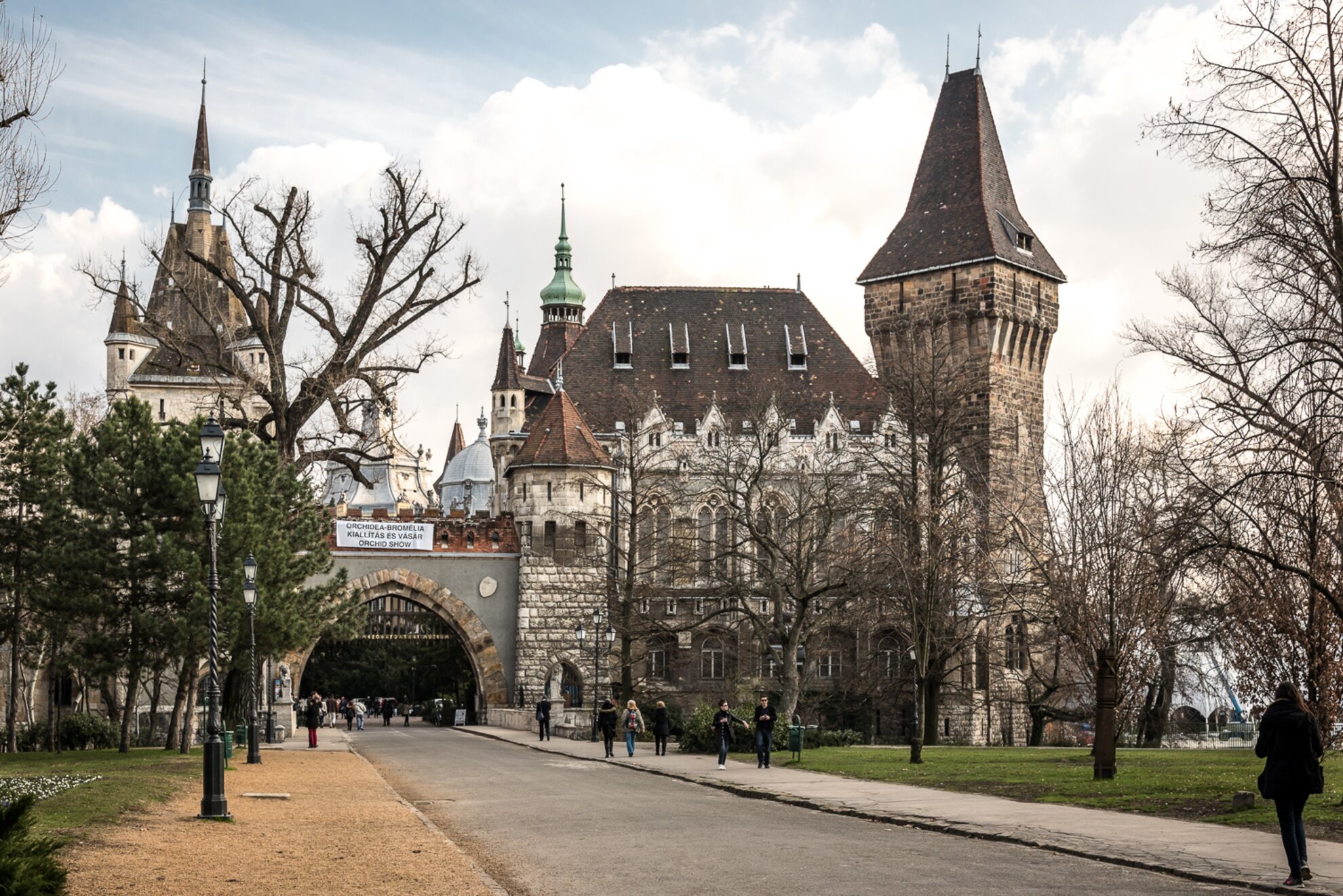
Heroes’ Square is the majestic gateway to the Városliget, Budapest’s City Park, home of fairy-tale Vajdahunyad Castle and its niche-interest Museum of Hungarian Agriculture. Surrounded by a boating lake, the castle is topped by two towers open to the public. All kinds of entertainment can be found around the sprawling park – skaters glide around Europe’s largest open-air ice rink in winter and couples rent out pedalos in summer. Year-round Budapest Zoo is both a family-friendly attraction and an architectural highlight.
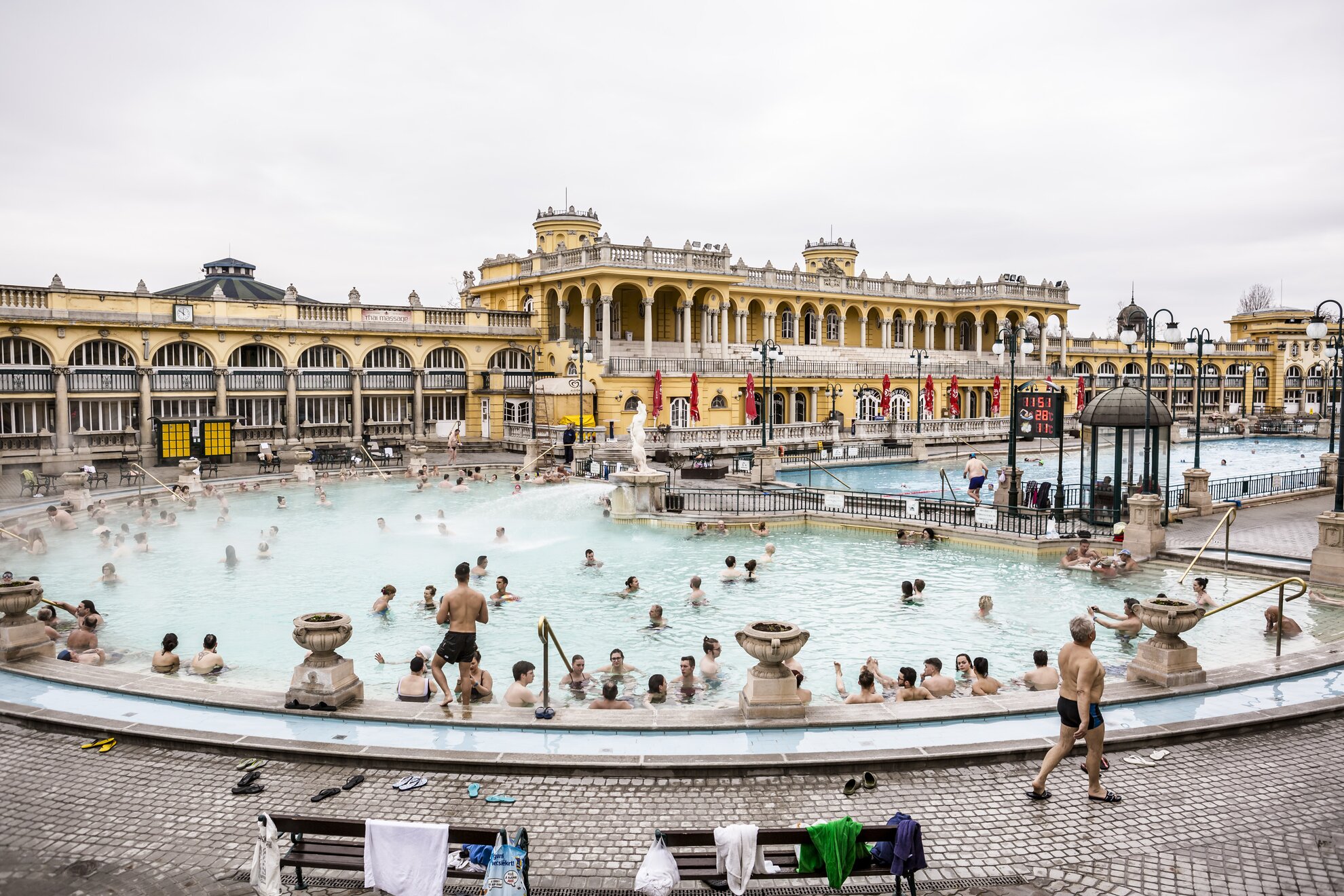
Depending how long you’re staying in Budapest, you’ll need a good three hours for nearby Széchenyi Bath, where you can soak in ornate surroundings until 10pm. In winter, curtains of steam rise from the thermal waters outside, the large pool area transformed into a lido in summer. It also hosts the city’s famed SPArty nights, where you can club and splash at the same time.
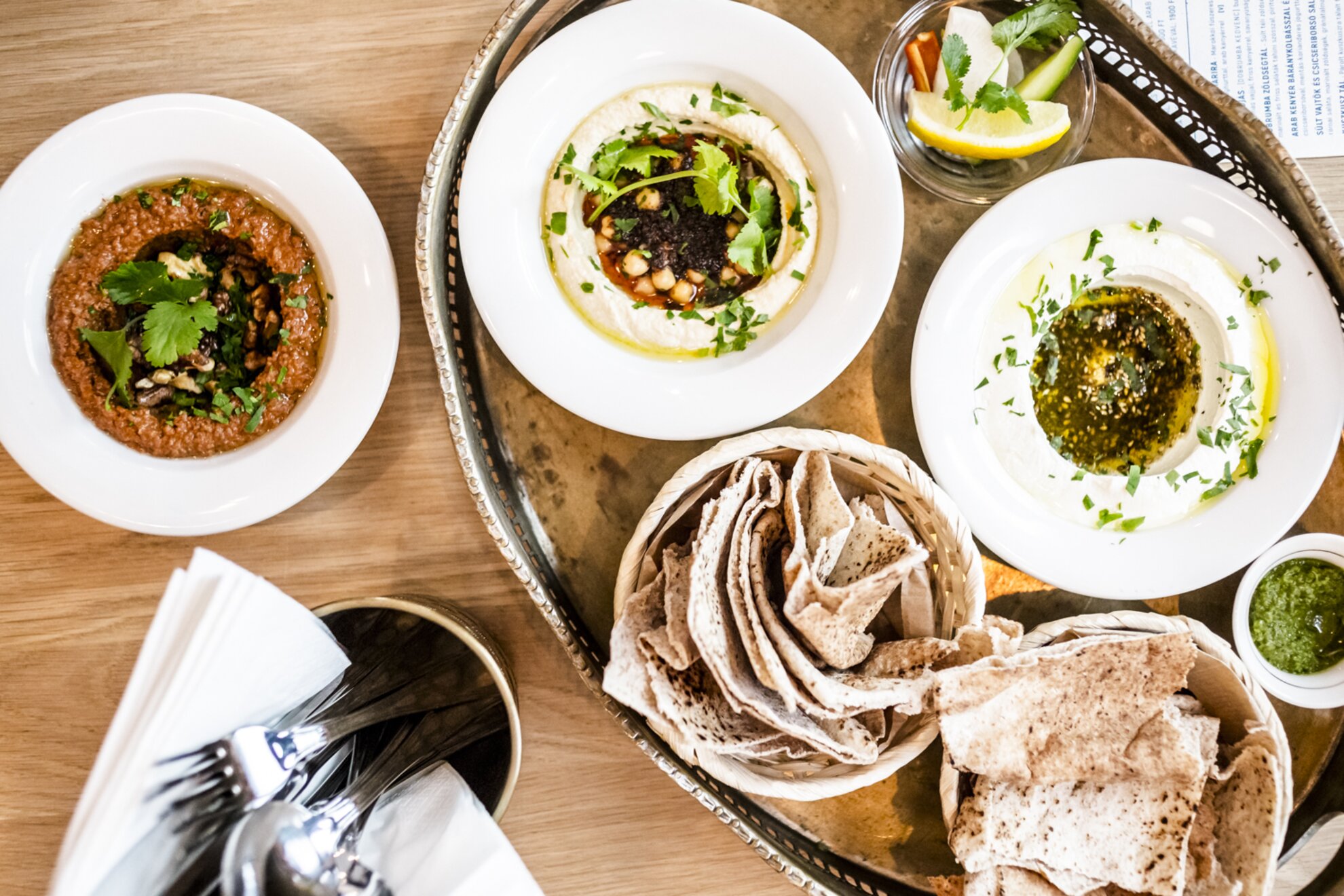
The City Park is also where you’ll find the city’s legendary Gundel restaurant – but the best choice of affordable eateries, bars and cafés is found back in District VII, the Jewish Quarter. A quick hop on the Millennium Underground to Opera and you can walk there in no time. Fine Hungarian reds await at jazzy Doblo, chic Veritas, and sleekly rustic Apropó. Lining Dob Street are Spinoza, with its quality local specialties and regular live klezmer music, Macesz Bistro specialized in traditional Jewish cuisine, and flavor-of-the-month Dobrumba, where Middle Eastern and Mediterranean tastes meld.
Leading from Dob Street, busy Gozsdu Courtyard brims with bars and international restaurants, this former abandoned passageway now the first port of call for many a first-time visitor.
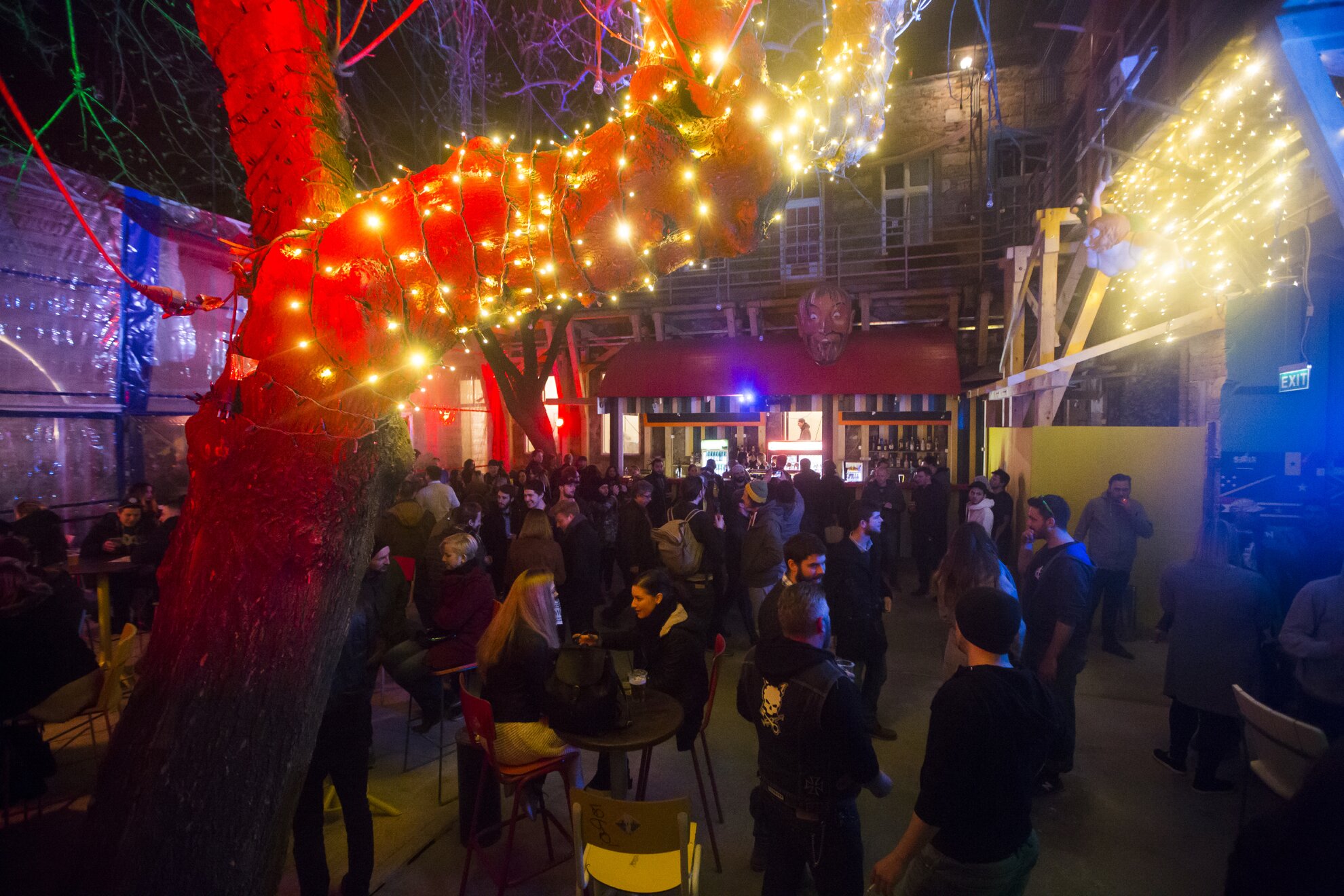
Budapest’s ruin-bar scene is also centered in District VII. Setting the trend way back when, Szimpla Kert comprises a maze of rooms in a former residential building, decorated with random knickknacks. Having merged with mega-popular Fogas Ház, Instant now invites revelers to its spacious locale in signature surreal settings, while Ellátó Kert is tucked down Kazinczy Street.
Day 2: Explore the city center
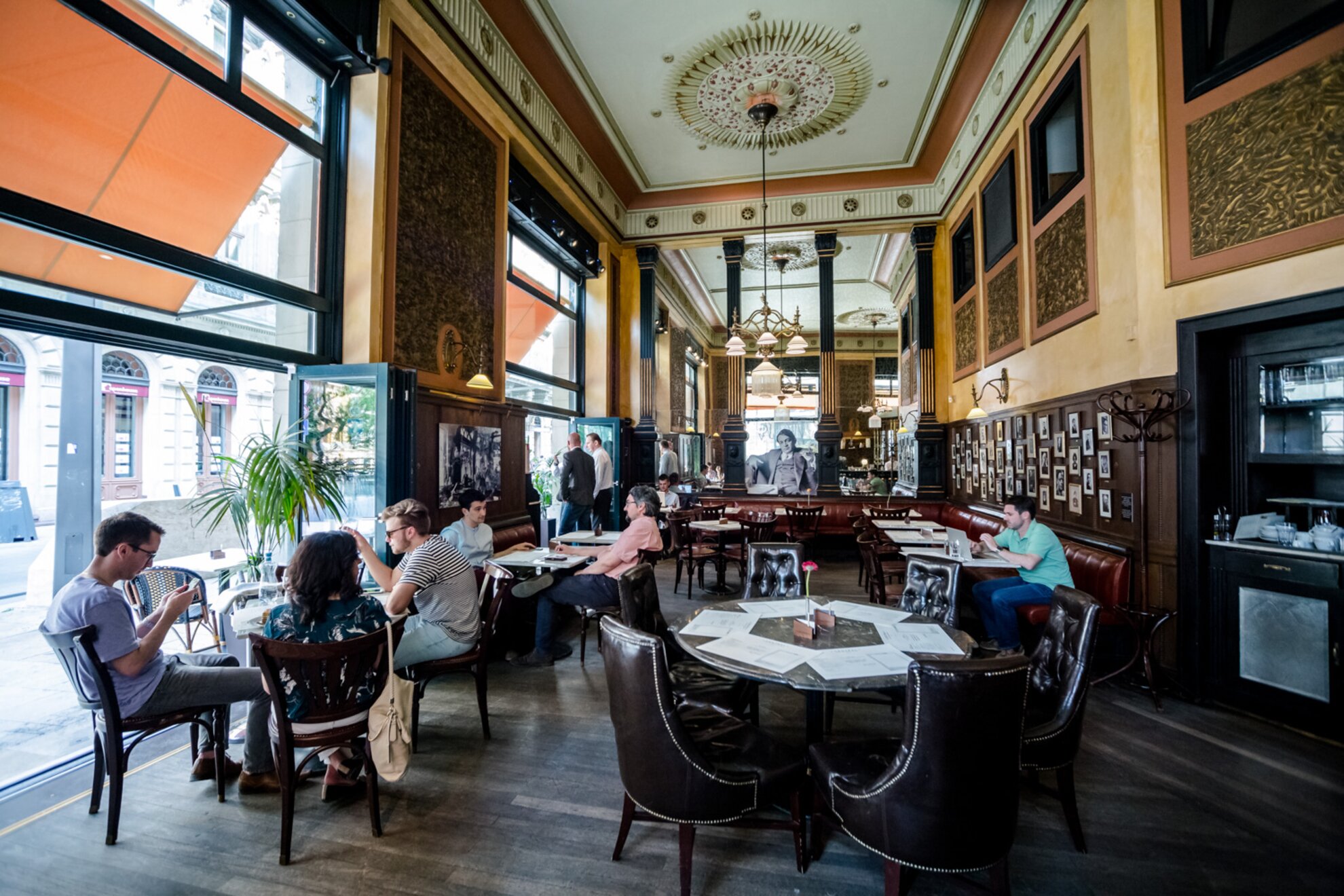
Get a great start to the day with a grand breakfast served in a classic Budapest coffeehouse. Morning treats are lavish at 19th-century Centrál Café, a literary haunt for the city’s intellectual crowd. Stately New York Café is a tourist-favorite locale, where guests enjoy international cuisine in a gilded interior.

You can then head to riverfront Vigadó Square to set sail on one of the many tour boats that ply this downtown stretch of the Danube. A classic cruise runs between Margaret Bridge and Rákóczi Bridge, swinging past landmarks such as Parliament and Buda Castle. Look up and you’ll see the Liberation Monument at Citadel, a Habsburg-era fortress atop Gellért Hill. If you fancy a better view, and a sweeping one over the city skyline, take bus 27 from Móricz Zsigmond körtér in Buda. Meanwhile, BKK public ferries provide a convenient cruising alternative to tour boats for those on a budget.
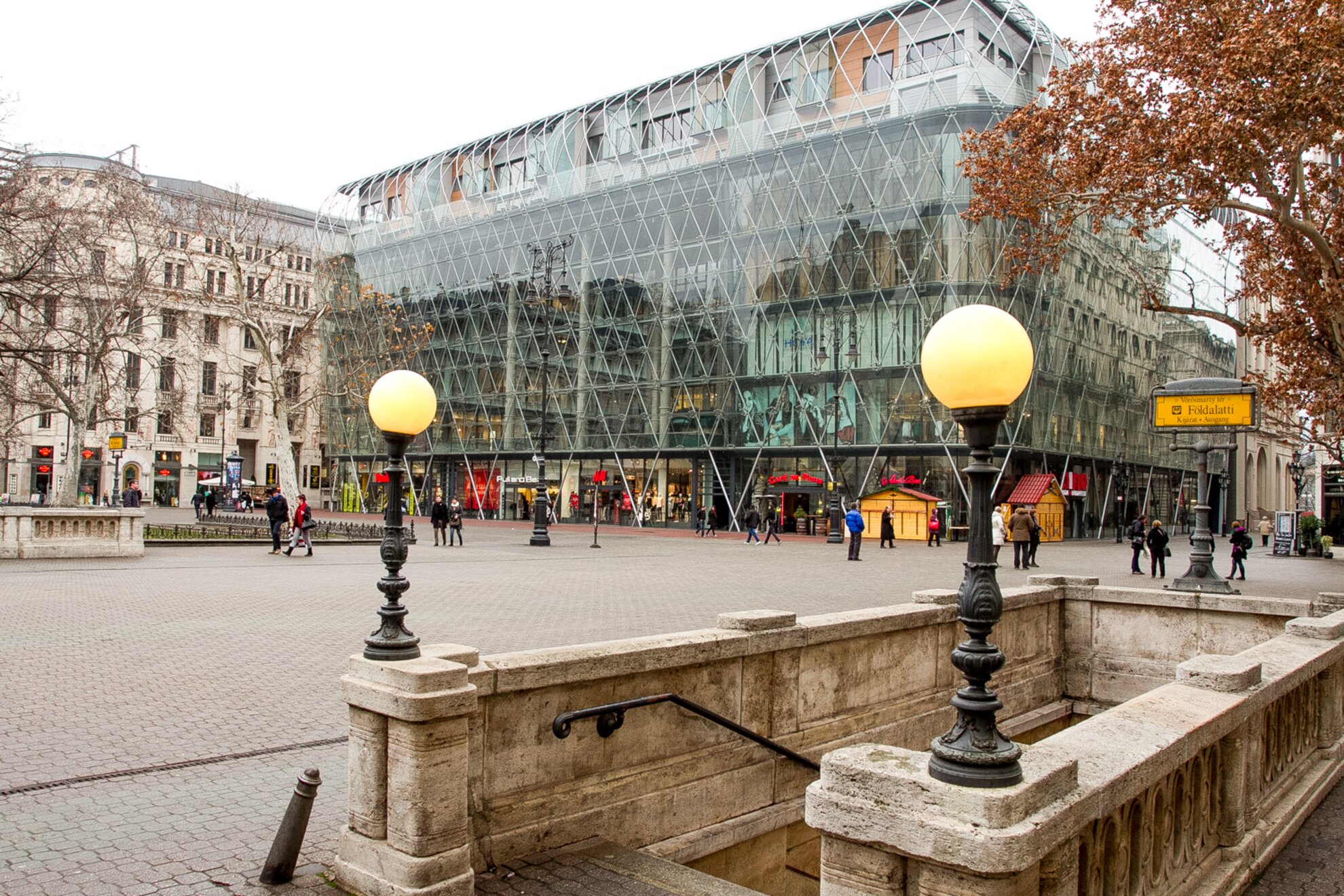
Once back onshore, you can meander along the Danube Promenade flanked by deluxe hotels, panoramic eateries, and Pesti Vigadó, an elaborate edifice for cultural events. Running parallel to the river, shopping hub Váci Street is lined with high-street fashion outlets up to focal Vörösmarty Square, where you’ll find the historic Gerbeaud Confectionery and, during the festive season, the Budapest Christmas Fair.
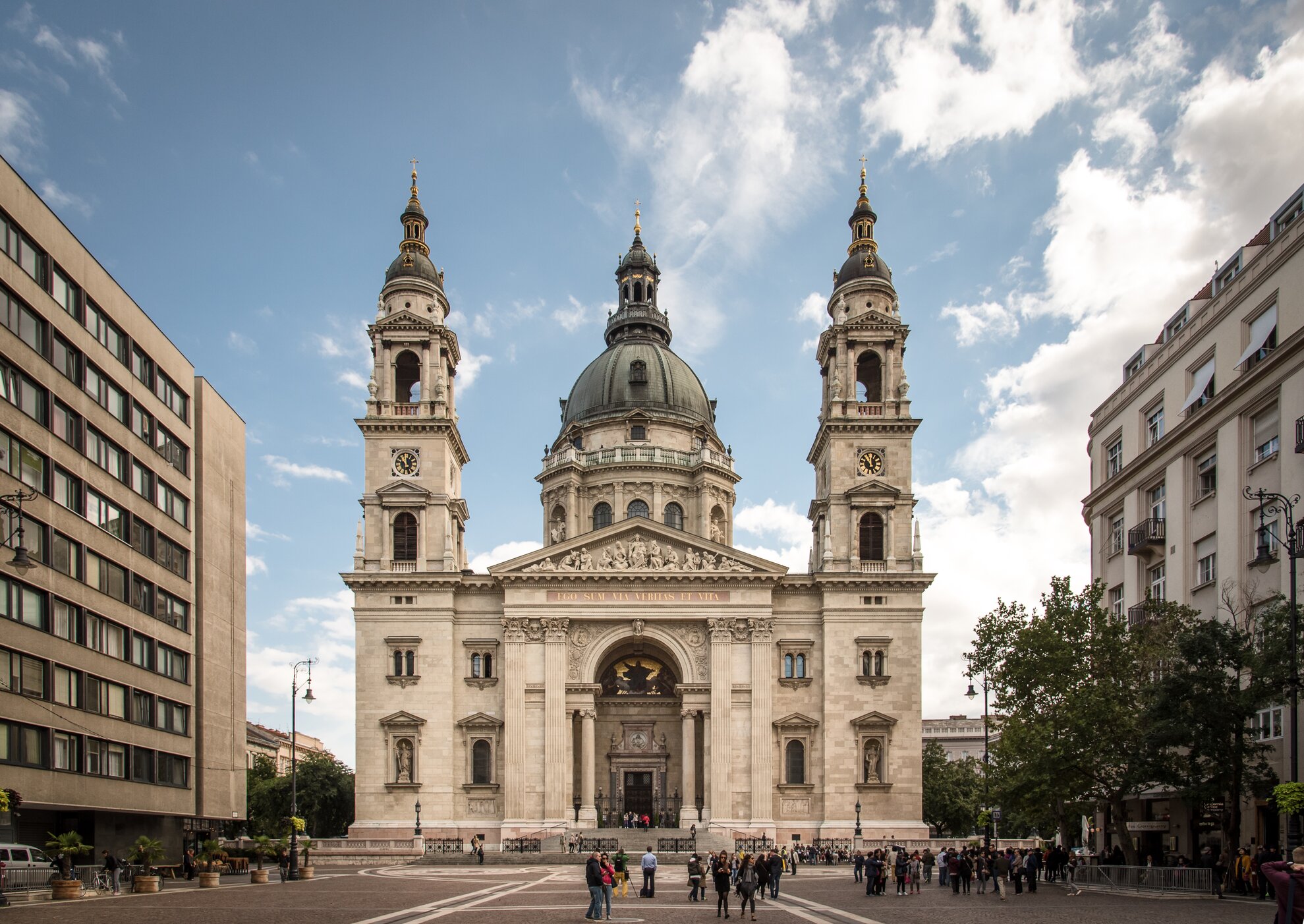
Here in downtown District V, a real highlight is St. Stephen’s Basilica, showcasing the nation’s most revered religious relic, the embalmed holy right hand of Hungary’s founding king Szent István. A massive pipe organ is put to good use for the regular concerts staged inside, many held during the day.
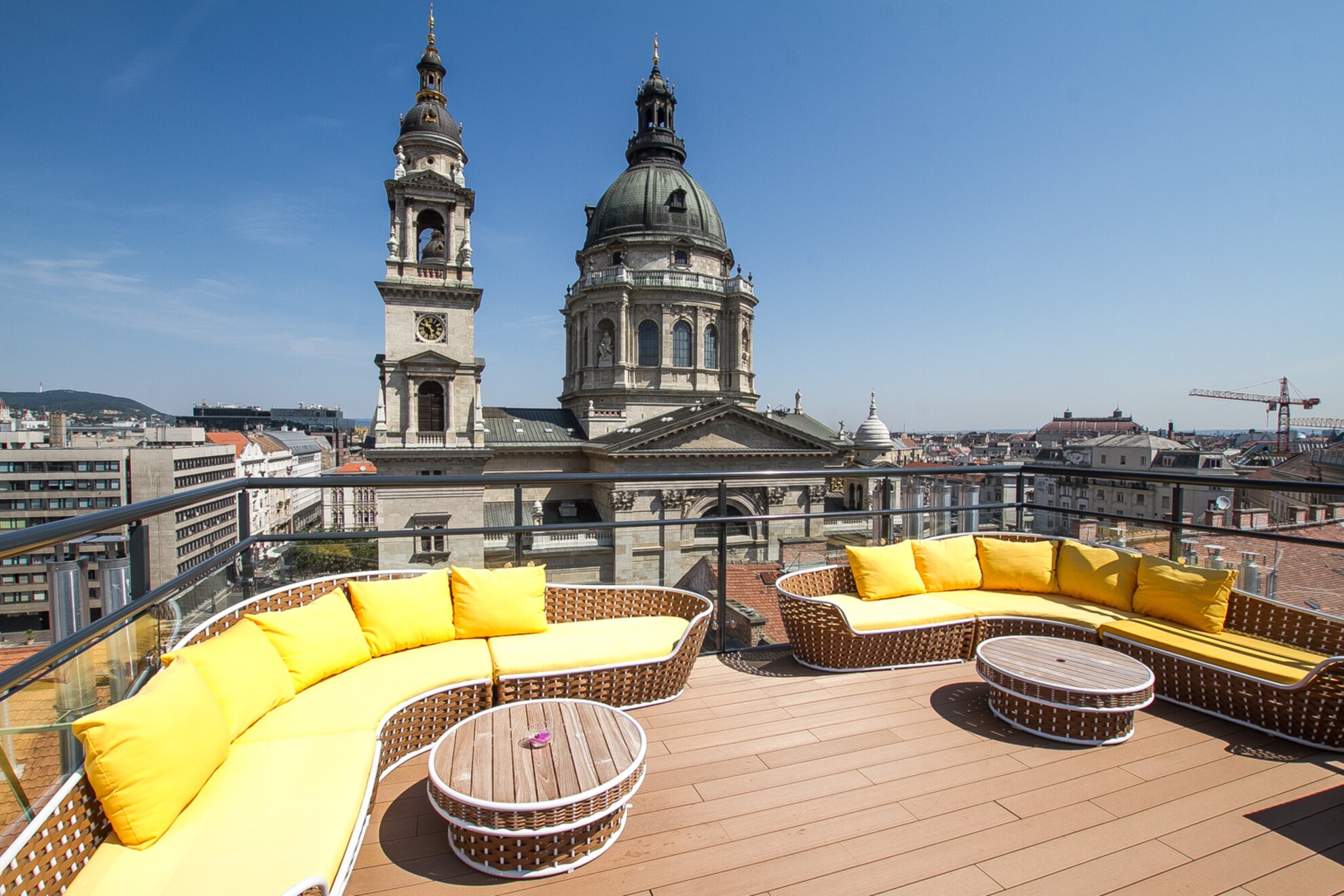
Near the Basilica, High Note SkyBar is perched atop multiple-award-winning Aria Hotel Budapest, offering creative cocktails, tasty treats and 360-degree views over the city’s skyline. This area is also Budapest’s business quarter, so there are plenty of options for lunch. Given the discerning, hungry, clientele, a number of leading winemakers have set up upscale eateries around here, including DiVino, Borkonyha and Michelin-recommended Tigris. Urban Betyár takes you to the Hungarian countryside with reimagined regional meals and an interactive ethnography museum downstairs.
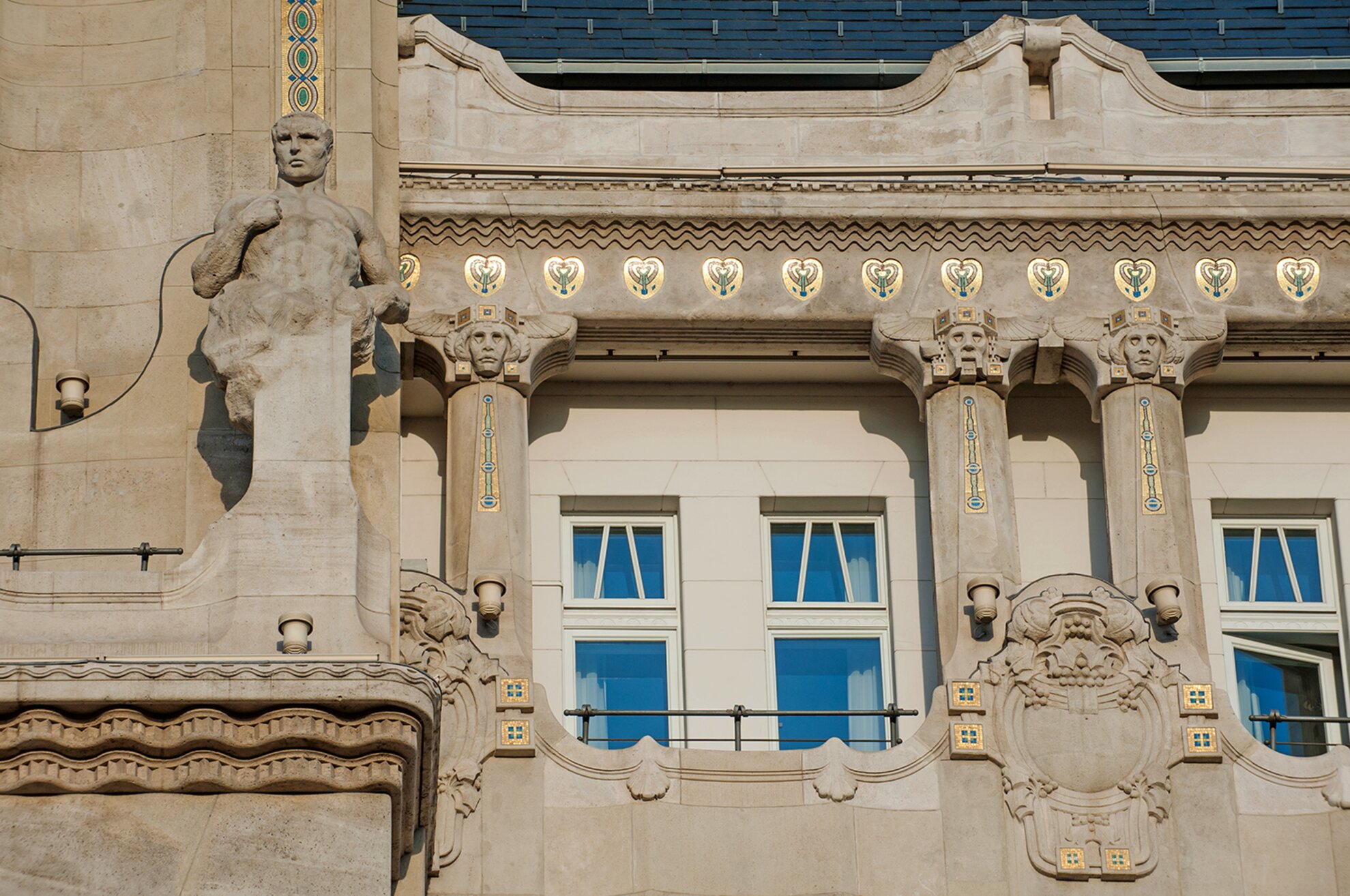
Heading away from the river, you come to Széchenyi Square and the Four Seasons Hotel Gresham Palace, an Art Nouveau masterpiece from 1906 and reconfigured a century later with bright Zsolnay tiles, mosaic decor and colorful stained-glass windows. Back on the riverfront, as you walk north toward Margaret Bridge, you come across pairs of bronze shoes lining the embankment, created in memory of Hungarian victims of World War II.
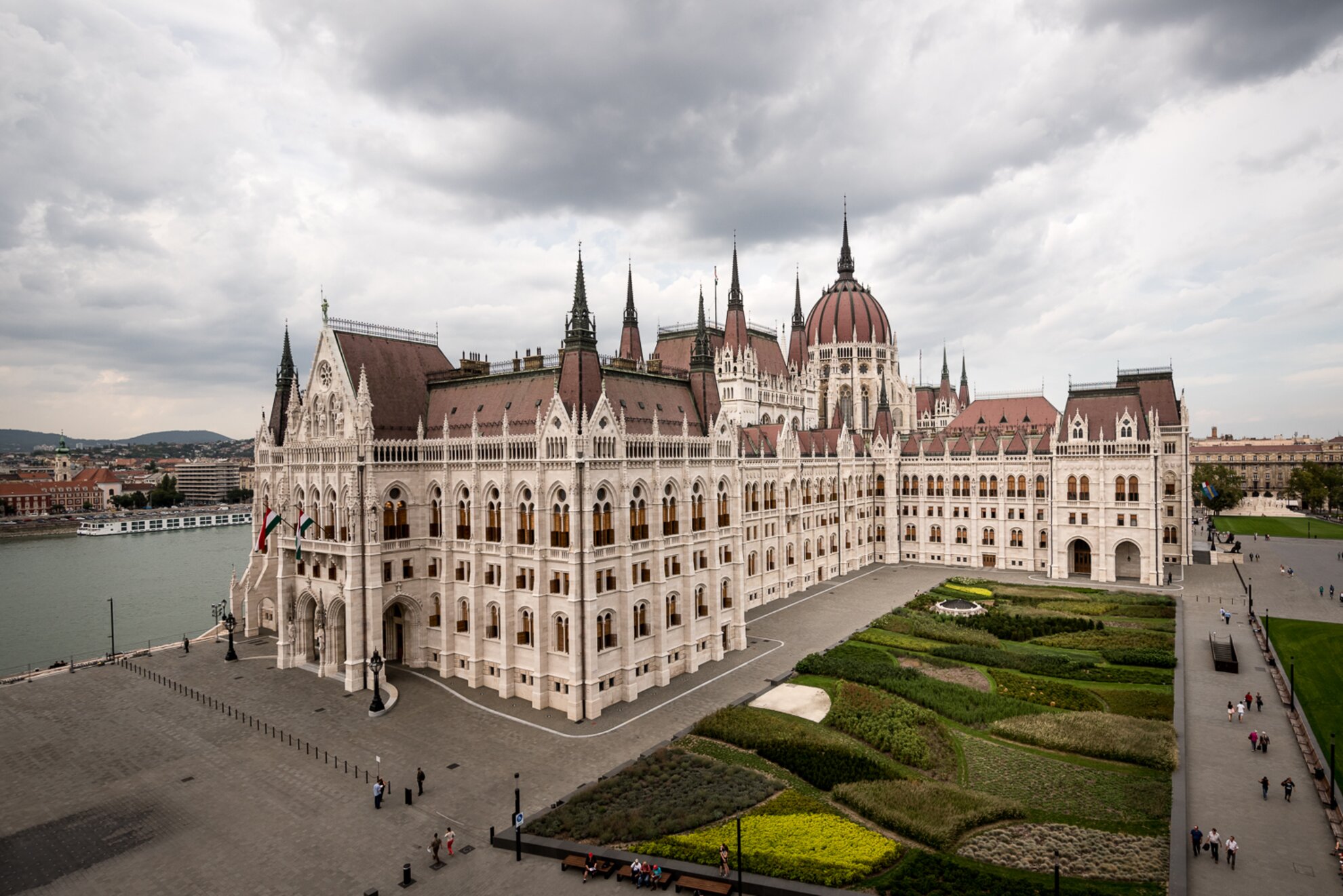
Close by, Gothic-style Parliament crowns Kossuth Square. To admire its ornate interior, you can take a guided tour, allowing you to view the Holy Crown of Hungary. The stately building opposite Parliament became home to the Museum of Ethnography in 1973. In 2019, the museum is due to reopen in the City Park, and this grandiose structure will regain its role as the Palace of Justice.
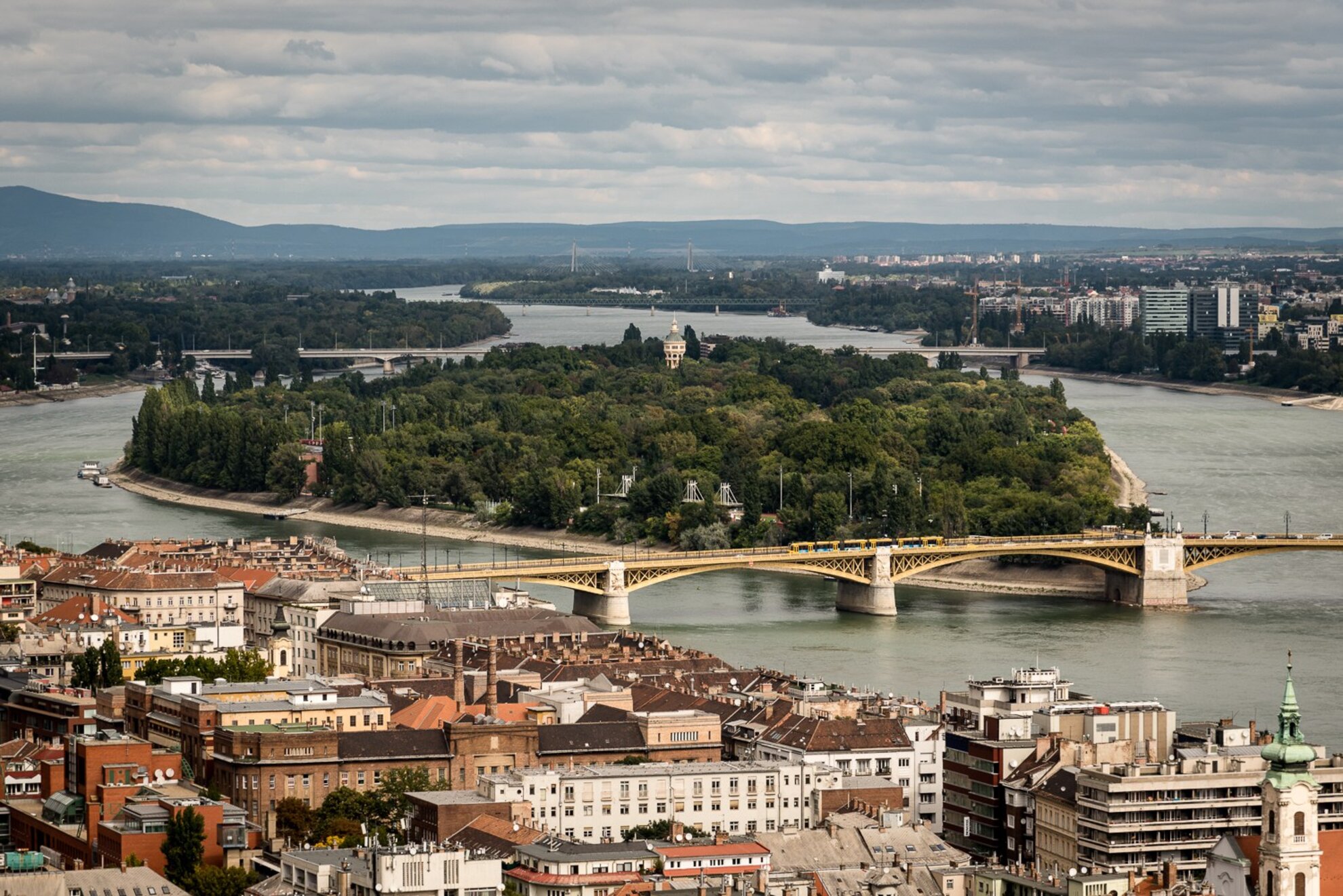
Leading from Kossuth Lajos Square, Falk Miksa Street is lined with graceful antique shops and galleries, some offering free exhibitions and hosting auctions. Reach the end of the street and you come to Margaret Bridge. Lying in the middle of the Danube between lively Pest and scenic Buda, Margaret Island is a sedate expanse dotted with lots of free attractions, including a musical fountain with dancing jets that operate from May to October, medieval church ruins and a peaceful Japanese Garden at the park’s northern tip.
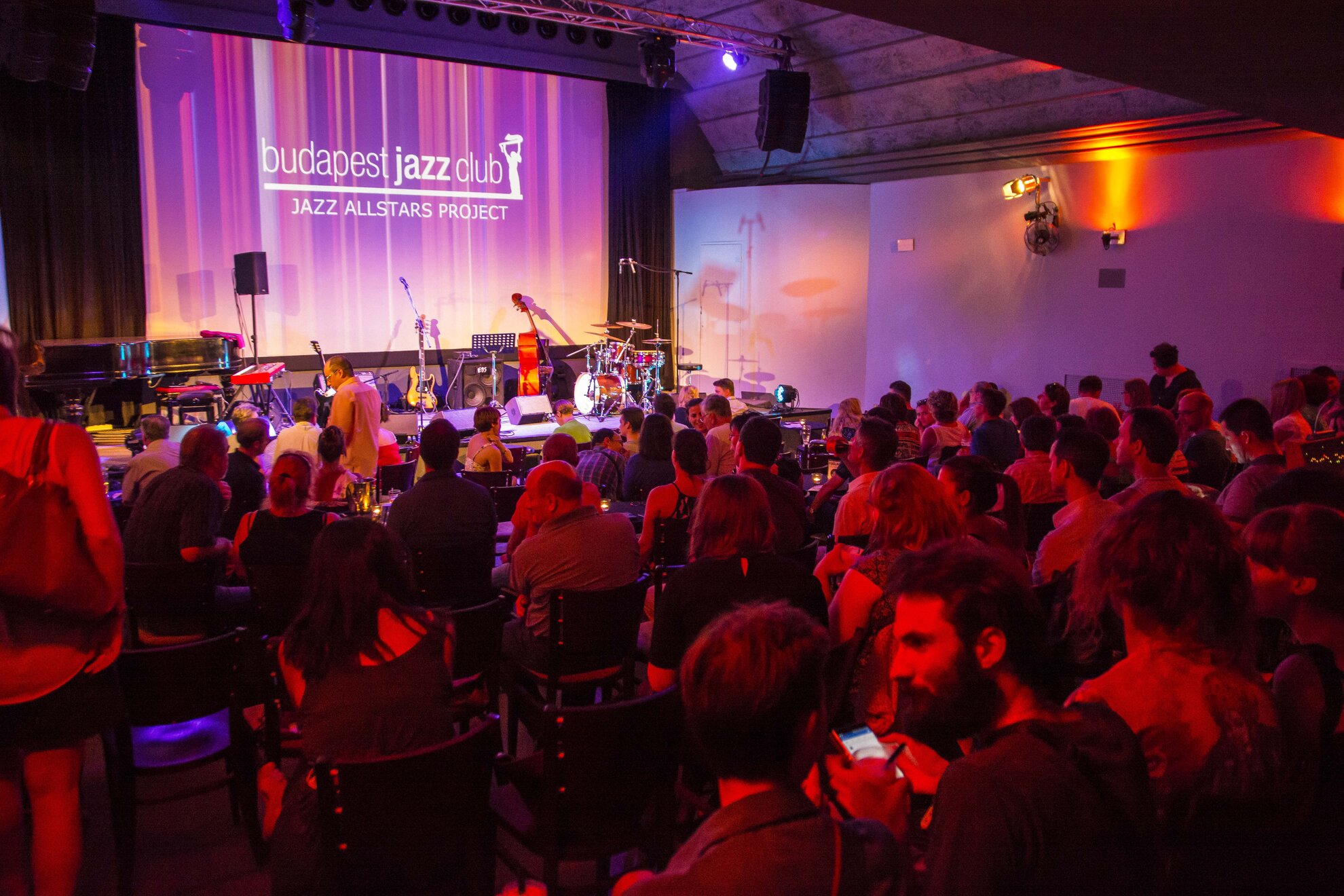
To get back into an urban vibe for the evening, up-and-coming District XIII features plenty of cosy locales to wine and dine. Oriental Soup House cooks soul-warming phô along with other Asian specialties, while eastern flavors deliciously blend at Babka. If you’re up for another night out, you’ll find live music, a full working kitchen and quality wine at the Budapest Jazz Club, where a regular agenda of local acts should nicely round off your 48 hours.
